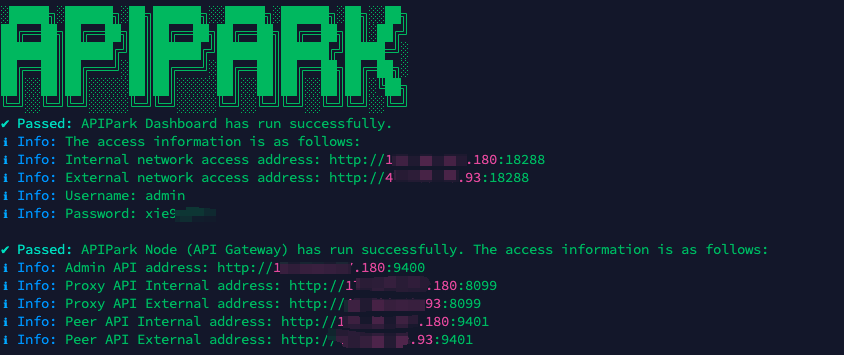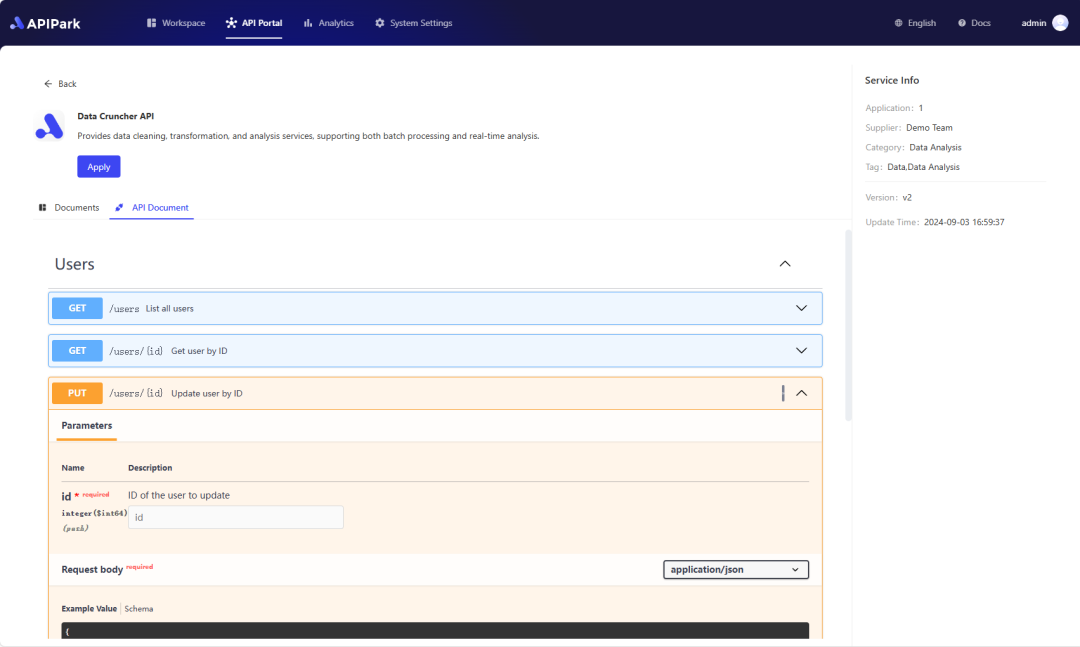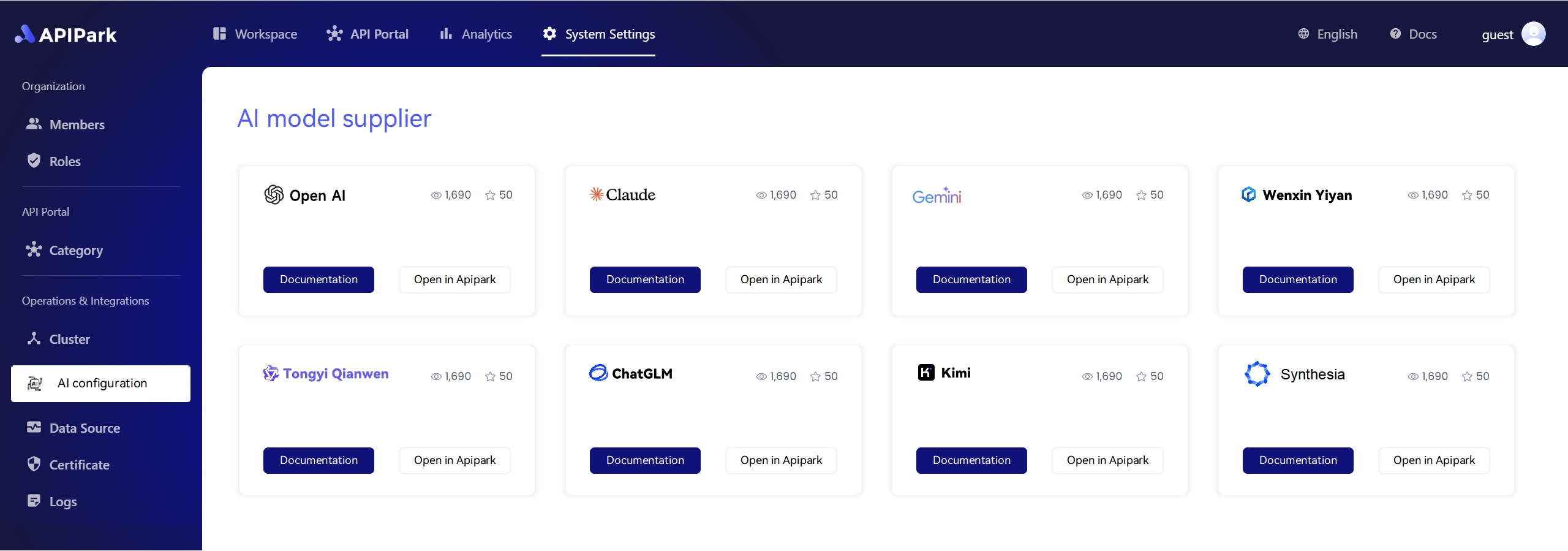Introduction
In today’s rapidly evolving tech landscape, it is crucial to have efficient and reliable systems that can monitor multiple resources in real-time. This is especially true when integrating technologies such as AI, where a seamless operation can lead to enhanced security and data management. One such powerful tool that developers can utilize in Golang is a dynamic informer, which leverages the capabilities of kubectl and various APIs to monitor resources in Kubernetes clusters or other systems via an API gateway like APISIX. This article will guide readers through the process of creating a dynamic informer in Golang to watch multiple resources, while also touching upon the significance of AI security, the role of APISIX in gateway management, and the use of parameter rewrite/mapping techniques.
Table of Contents
- Understanding Dynamic Informers
- Setting Up Your Golang Environment
- Creating Dynamic Informers for Multiple Resources
- Integrating with APISIX Gateway
- Parameter Rewrite/Mapping Techniques
- AI Security Considerations
- Conclusion
- Appendix
Understanding Dynamic Informers
Dynamic informers are an essential part of Kubernetes client-go libraries in Golang that allow users to watch and manage multiple types of resources dynamically. When your application needs access to different Kubernetes resources—like Pods, Services, or ConfigMaps—a dynamic informer provides a single, coherent interface to interact with them. This simplifies the codebase and reduces the overhead of managing multiple informers individually.
Dynamic informers utilize the Kubernetes API to listen to changes in resource states and handle events such as add, update, or delete. This capability is particularly useful in microservices architectures, where applications frequently need to respond to changes across multiple resources.
Setting Up Your Golang Environment
To get started, ensure your Golang environment is properly set up. You will need:
- Go installed: Download from the Go official site.
- Kubernetes client-go library: Use this command to install:
go get k8s.io/client-go@v0.22.0
- Kubernetes API access: Ensure you have access to Kubernetes API with the correct privileges.
Project Structure
Before writing any code, create a project structure:
mkdir dynamic-informer-example
cd dynamic-informer-example
touch main.go
Sample Code Structure
Below is an outline of the main.go file:
package main
import (
"context"
"fmt"
"k8s.io/apimachinery/pkg/runtime/schema"
"k8s.io/client-go/kubernetes"
"k8s.io/client-go/tools/clientcmd"
"k8s.io/client-go/tools/cache"
)
func main() {
// Context Setup
ctx := context.Background()
// Load Kubernetes configuration
config, err := clientcmd.BuildConfigFromFlags("", "/path/to/kubeconfig")
if err != nil {
panic(err.Error())
}
// Create a Clientset
clientset, err := kubernetes.NewForConfig(config)
if err != nil {
panic(err.Error())
}
// Create an Informer
// Add your informer creation logic here
fmt.Println("Dynamic informer is set up successfully.")
}
Make sure to replace "/path/to/kubeconfig" with the actual path to your Kubernetes configuration file.
Creating Dynamic Informers for Multiple Resources
Once the foundational setup is complete, you are ready to incorporate dynamic informers to monitor multiple resources. Here’s how you can do it:
Step 1: Define the Resources to Watch
You can specify which resources you’d like to monitor. For this example, let’s monitor Pods and Services:
podGVR := schema.GroupVersionResource{Group: "", Version: "v1", Resource: "pods"}
svcGVR := schema.GroupVersionResource{Group: "", Version: "v1", Resource: "services"}
Step 2: Create Informer for Each Resource
You will utilize the shared informer factory for registering informers. Here’s how to implement it:
sharedInformerFactory := informers.NewSharedInformerFactory(clientset, 0)
podInformer := sharedInformerFactory.Core().V1().Pods().Informer()
svcInformer := sharedInformerFactory.Core().V1().Services().Informer()
Step 3: Define Event Handlers
You can specify what will happen when an event occurs, like an add or delete operation. Here’s an example event handler setup:
podInformer.AddEventHandler(cache.ResourceEventHandlerFuncs{
AddFunc: func(obj interface{}) {
pod := obj.(*v1.Pod)
fmt.Printf("Pod added: %s\n", pod.Name)
},
DeleteFunc: func(obj interface{}) {
pod := obj.(*v1.Pod)
fmt.Printf("Pod deleted: %s\n", pod.Name)
},
})
// Similary for services
Step 4: Start Informers
Finally, start the informers to make them begin watching resources:
stopCh := make(chan struct{})
defer close(stopCh)
sharedInformerFactory.Start(stopCh)
if !cache.WaitForCacheSync(stopCh, podInformer.HasSynced) {
panic("Timed out waiting for caches to sync")
}
Integrating with APISIX Gateway
APISIX is a powerful API gateway that can help manage your APIs and their routes, offering advanced capabilities such as traffic control, health checks, and plugins for dynamic functionalities. When integrating the Golang dynamic informer system with an APISIX gateway, follow these steps:
Step 1: Deploy APISIX
Ensure you have a running instance of APISIX. You can check the official documentation for installation steps.
Step 2: Configuring Routes
Using the APISIX Admin API, create routes that correspond to your Golang application’s endpoints. For example:
curl -i -X POST http://127.0.0.1:9180/apisix/admin/routes/1 \
-H 'Content-Type: application/json' \
-d '{
"uri": "/monitoring/pods",
"methods": ["GET"],
"upstream": {
"type": "roundrobin",
"nodes": {
"127.0.0.1:8888": 1
}
}
}'
In this example, replace 127.0.0.1:8888 with the actual service that handles your monitored data.
Step 3: Testing the Integration
Once your application is live and your routes are set, you can test API requests against the APISIX gateway to see live data from your dynamic informers.
Parameter Rewrite/Mapping Techniques
Another critical feature when working with API gateways like APISIX is what’s known as parameter rewrite or mapping. This technique involves dynamically changing the request parameters before they reach your backend service, which is sometimes necessary to accommodate different API versions or languages.
Example of Parameter Mapping
You can use a configuration that rewrites request parameters:
{
"uri": "/old-endpoint",
"plugins": {
"request-rewrite": {
"uri": "/new-endpoint",
"query": {
"new_param": "old_value"
}
}
}
}
In this example, any request made to /old-endpoint will be rewritten to /new-endpoint with the added query parameter new_param.
AI Security Considerations
As you develop applications that integrate AI functionalities, security must be a priority. AI security encompasses several key areas:
1. Data Protection
Ensure that any data processed through your AI services is encrypted, both at rest and in transit. Utilize libraries that facilitate secure data handling.
2. Access Control
Implement strict access control measures to limit who can interact with your APIs. Tools such as API keys or OAuth tokens can manage this effectively.
3. Audit Logging
Implement logging to monitor access and changes to your APIs. This will help in tracking unauthorized access and provide insight into API performance.
4. Regular Security Audits
Conduct audits and vulnerability assessments regularly to identify and mitigate potential security risks, particularly concerning your APIs and AI models.
Conclusion
Creating a dynamic informer in Golang to monitor multiple resources can greatly enhance your application’s responsiveness to changes within your system. Combined with APISIX’s capabilities, parameter rewriting, and a keen focus on AI security, developers can create robust, efficient, and secure systems.
Leveraging these technologies not only streamlines operations but also prepares your framework for future demands in an ever-evolving technological environment.
APIPark is a high-performance AI gateway that allows you to securely access the most comprehensive LLM APIs globally on the APIPark platform, including OpenAI, Anthropic, Mistral, Llama2, Google Gemini, and more.Try APIPark now! 👇👇👇
Appendix
Below is a summary that encapsulates the core functionalities presented in this article:
| Feature | Description |
|---|---|
| Dynamic Informers | Allows monitoring and managing multiple resources efficiently. |
| Golang Integration | Leverage client-go libraries for Kubernetes integration. |
| APISIX Integration | Utilize APISIX for managing your API lifecycle and routing. |
| Parameter Mapping | Dynamically adjust request parameters to fit backend requirements. |
| AI Security Best Practices | Ensure data protection, access control, and auditing processes are in place. |
This guide provided a comprehensive walk-through for developers seeking to build a dynamic informer strategy with AI efficacy while considering security protocols.
Feel free to reach out with any questions or for further clarifications!
🚀You can securely and efficiently call the Wenxin Yiyan API on APIPark in just two steps:
Step 1: Deploy the APIPark AI gateway in 5 minutes.
APIPark is developed based on Golang, offering strong product performance and low development and maintenance costs. You can deploy APIPark with a single command line.
curl -sSO https://download.apipark.com/install/quick-start.sh; bash quick-start.sh

In my experience, you can see the successful deployment interface within 5 to 10 minutes. Then, you can log in to APIPark using your account.

Step 2: Call the Wenxin Yiyan API.
